1. Stages of Team Development
Teams typically progress through distinct stages as they evolve from forming to achieving their objectives. Understanding these stages helps leaders facilitate smoother team development and address challenges effectively.
Forming
Definition: Forming is the initial stage where team members come together and begin to establish their roles and relationships within the group.
Characteristics:
- Acquaintance: Team members get to know each other and understand their individual skills and backgrounds.
- Ground Rules: Establishment of initial ground rules and norms for how the team will operate.
- Roles and Responsibilities: Basic discussion on roles and responsibilities, though clarity may be limited.
Real-World Example: During the first team meeting, members introduce themselves, discuss their backgrounds, and outline the project’s goals and expectations. This stage is marked by politeness and tentative behavior as team members are just beginning to form their group identity.
Storming
Definition: Storming is characterized by conflicts and disagreements as team members start to assert their opinions and challenge each other’s ideas and working styles.
Characteristics:
- Conflict: Differences in opinions and working styles may lead to conflicts.
- Role Ambiguity: Unclear roles and responsibilities can exacerbate tensions.
- Power Struggles: Team members may compete for leadership or influence.
Real-World Example: Debates arise over the project’s direction or distribution of responsibilities. Team members might argue about the best approach or express frustrations, leading to a period of instability and tension.
Norming
Definition: Norming is when the team starts to settle into a rhythm, establishing norms and processes for effective collaboration.
Characteristics:
- Cohesion: Development of a stronger sense of team unity and collaboration.
- Established Norms: Agreement on team norms for communication, decision-making, and conflict resolution.
- Role Clarity: Clarification of roles and responsibilities, leading to more organized and effective teamwork.
Real-World Example: The team develops agreed-upon methods for communication and collaboration, such as regular check-in meetings and shared protocols for updates. Members begin to respect each other’s contributions and work more collaboratively.
Performing
Definition: Performing is the stage where the team reaches its peak effectiveness, operating efficiently and achieving its objectives with minimal friction.
Characteristics:
- High Productivity: Team members work together seamlessly to achieve high performance.
- Autonomy: The team operates with a high degree of independence, relying on well-established norms and processes.
- Problem-Solving: Effective and efficient handling of issues and challenges that arise.
Real-World Example: The team successfully completes the project ahead of schedule, with high efficiency and collaboration. Members contribute their expertise and manage tasks effectively, leading to outstanding results.
Adjourning
Definition: Adjourning is the final stage where the team disbands after completing its objectives, and members move on to new endeavors.
Characteristics:
- Completion: Final review of the project and evaluation of outcomes.
- Reflection: Team members reflect on their experiences and achievements.
- Separation: Formal or informal conclusion of team activities and relationships.
Real-World Example: After completing the project, the team holds a final review meeting to discuss lessons learned and celebrate successes. The team disbands, and members transition to new projects or roles.
2. Building and Maintaining High-Performance Teams
Creating and sustaining high-performance teams requires ongoing effort and attention to team dynamics and performance.
Team Building Activities
Purpose: Team-building activities are designed to strengthen relationships, improve communication, and enhance team cohesion.
Examples:
- Problem-Solving Challenges: Activities such as escape rooms or group problem-solving exercises promote teamwork and creative thinking.
- Workshops: Facilitated sessions focused on enhancing skills such as communication, leadership, or conflict resolution.
Benefits:
- Enhanced Trust: Team-building activities help build trust and camaraderie among team members.
- Improved Collaboration: Exercises improve collaboration by encouraging team members to work together in a non-work context.
Continuous Improvement
Purpose: Continuous improvement involves regularly assessing and enhancing team performance to address issues and drive ongoing development.
Methods:
- Retrospective Meetings: Regularly scheduled meetings where the team reviews what went well, what could be improved, and how to implement changes.
- Performance Reviews: Formal evaluations of team performance to identify strengths and areas for development.
Benefits:
- Increased Efficiency: Regular reviews help identify and address bottlenecks, leading to improved performance.
- Ongoing Development: Continuous feedback and improvement foster a culture of learning and adaptability.
3. Delegation and Empowerment
Effective delegation and empowerment are crucial for optimizing team performance and developing team members.
Effective Delegation
Purpose: Delegation involves assigning tasks to team members based on their strengths and development needs.
Principles:
- Strengths-Based Assignment: Match tasks with team members’ skills and expertise. For example, assign a marketing campaign to a team member with strong marketing experience.
- Development Opportunities: Delegate tasks that provide growth opportunities for team members. For instance, give a junior member a leadership role in a smaller project to develop their skills.
Benefits:
- Enhanced Productivity: Effective delegation ensures that tasks are completed efficiently by those best suited to handle them.
- Skill Development: Delegating challenging tasks can help team members develop new skills and gain experience.
Empowerment
Purpose: Empowerment involves granting team members the autonomy and authority to make decisions and take ownership of their work.
Strategies:
- Autonomy: Allow team members to make decisions about their tasks and responsibilities. For example, let team leads manage their own sub-teams and make day-to-day decisions.
- Authority: Provide the necessary resources and authority for team members to execute their responsibilities effectively.
Benefits:
- Increased Motivation: Empowered team members are often more motivated and engaged, as they feel trusted and valued.
- Enhanced Innovation: Autonomy encourages creativity and innovative problem-solving, as team members are free to explore new approaches.
Conclusion
Understanding team dynamics and development stages is essential for leading effective teams. By building strong teams through strategic team-building activities, fostering continuous improvement, and employing effective delegation and empowerment practices, leaders can enhance team performance and achieve organizational success.

Responses